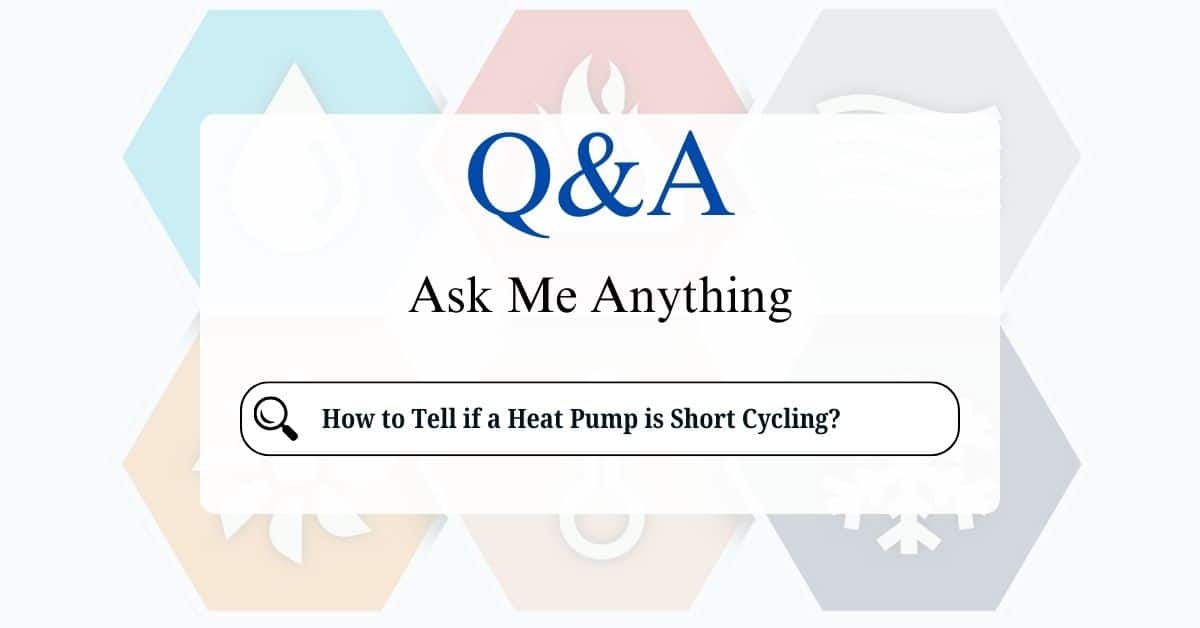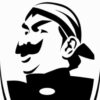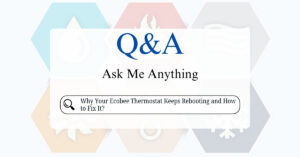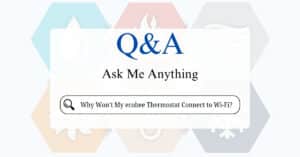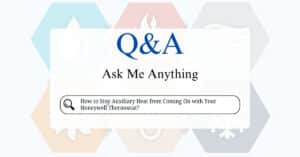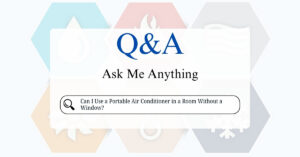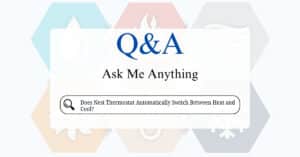A heat pump is designed to run in cycles, turning on to heat or cool your home and then turning off once the desired temperature is reached. However, if your heat pump is turning on and off too frequently, it’s likely “short cycling.” This isn’t just annoying; it can lead to higher energy bills, reduced comfort, and premature wear and tear on your system. This friendly guide will help you understand what short cycling is, how to identify it, and what steps you can take to address the issue.
What is Short Cycling?
Short cycling occurs when your heat pump turns on and off in short bursts, rather than running for longer, more consistent periods. Instead of completing a full heating or cooling cycle, it starts up, runs for a few minutes, shuts off, and then starts up again shortly after.
This frequent on-off pattern prevents the system from operating efficiently and can cause several problems.
Why is Short Cycling a Problem?
Short cycling can lead to several negative consequences:
- Reduced Efficiency and Higher Energy Bills: Starting a heat pump requires a surge of energy. When it short cycles, it’s constantly using this energy surge, leading to higher energy consumption and increased bills.
- Uneven Temperatures: Short cycles prevent the system from properly distributing heated or cooled air throughout your home, resulting in uneven temperatures and discomfort.
- Increased Wear and Tear: The frequent starting and stopping puts extra stress on the heat pump’s components, leading to premature wear and tear and potentially shortening its lifespan.
- Reduced Dehumidification: During cooling, a heat pump removes moisture from the air. Short cycles limit the system’s ability to dehumidify effectively, which can lead to a damp and uncomfortable indoor environment.
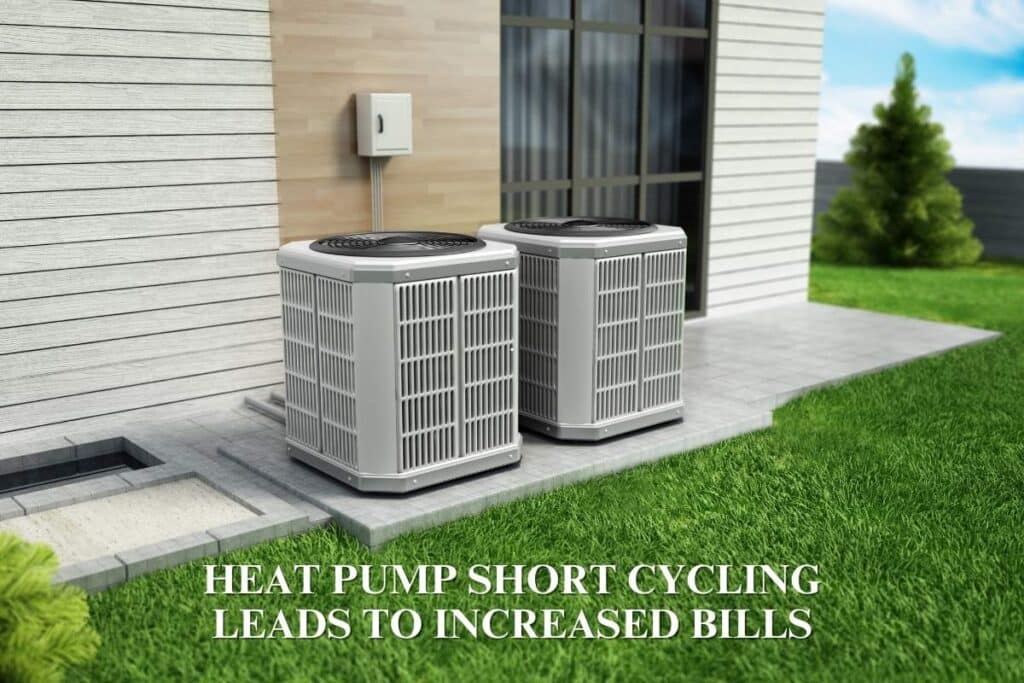
How to Tell if Your Heat Pump is Short Cycling?
Here are some telltale signs that your heat pump might be short cycling:
- Frequent On-Off Cycles: This is the most obvious sign. If your heat pump turns on and off every few minutes, rather than running for longer periods (10-15 minutes or more), it’s likely short cycling.
- Uneven Temperatures in Your Home: If some rooms are too hot or too cold while others are just right, it could be a result of short cycling preventing proper air distribution.
- Increased Energy Bills Without a Change in Usage: If your energy bills are suddenly higher than usual without any changes in your heating or cooling habits, short cycling could be the culprit.
- Noticeable Temperature Fluctuations: You might notice significant temperature swings in your home, with the temperature rising or falling quickly after the heat pump turns on and off.
- Loud Starting and Stopping Noises: The frequent starting and stopping can be accompanied by noticeable clicks, hums, or other noises from the unit.
Common Causes of Short Cycling
Several factors can contribute to short cycling heat pump:
- Oversized Heat Pump: If your heat pump is too large for your home, it can reach the desired temperature too quickly and then shut off, leading to short cycles.
- Dirty Air Filter: A dirty air filter restricts airflow, which can cause the heat pump to overheat and shut off prematurely.
- Refrigerant Issues (Low Refrigerant or Leaks): Low refrigerant levels or refrigerant leaks can also cause short cycling.
- Electrical Problems: Wiring issues, faulty thermostats, or other electrical problems can disrupt the heat pump’s operation and cause short cycles.
- Thermostat Placement: If the thermostat is located in a drafty area, near a heat source, or in direct sunlight, it can give inaccurate temperature readings and cause the heat pump to short cycle.
- Frozen Outdoor Coil: If the outdoor coil freezes over, it can trigger the defrost cycle frequently, which can sometimes be mistaken for short cycling. However, excessive or frequent defrost cycles can also be a sign of other problems.
What to Do If You Suspect Short Cycling?
If you suspect your heat pump is short cycling, here are some steps you can take:
- Check Your Air Filter: This is the easiest and often the most effective first step. Replace a dirty air filter with a clean one.
- Check Thermostat Placement: Ensure your thermostat is not located in a drafty area, near a heat source, or in direct sunlight.
- Check for Obstructions Around the Outdoor Unit: Make sure the area around the outdoor unit is clear of debris, snow, and ice.
- Contact a Qualified HVAC Technician: If the problem persists after checking these basic items, it’s best to contact a qualified HVAC technician. They can diagnose the underlying cause of the short cycling and perform the necessary repairs. They will check refrigerant levels, electrical connections, and other components.
By understanding the signs of short cycling and taking the necessary steps to address the issue, you can improve your heat pump’s efficiency, extend its lifespan, and enjoy a more comfortable home. Remember, addressing the problem promptly can save you money on energy bills and prevent more costly repairs down the line.
